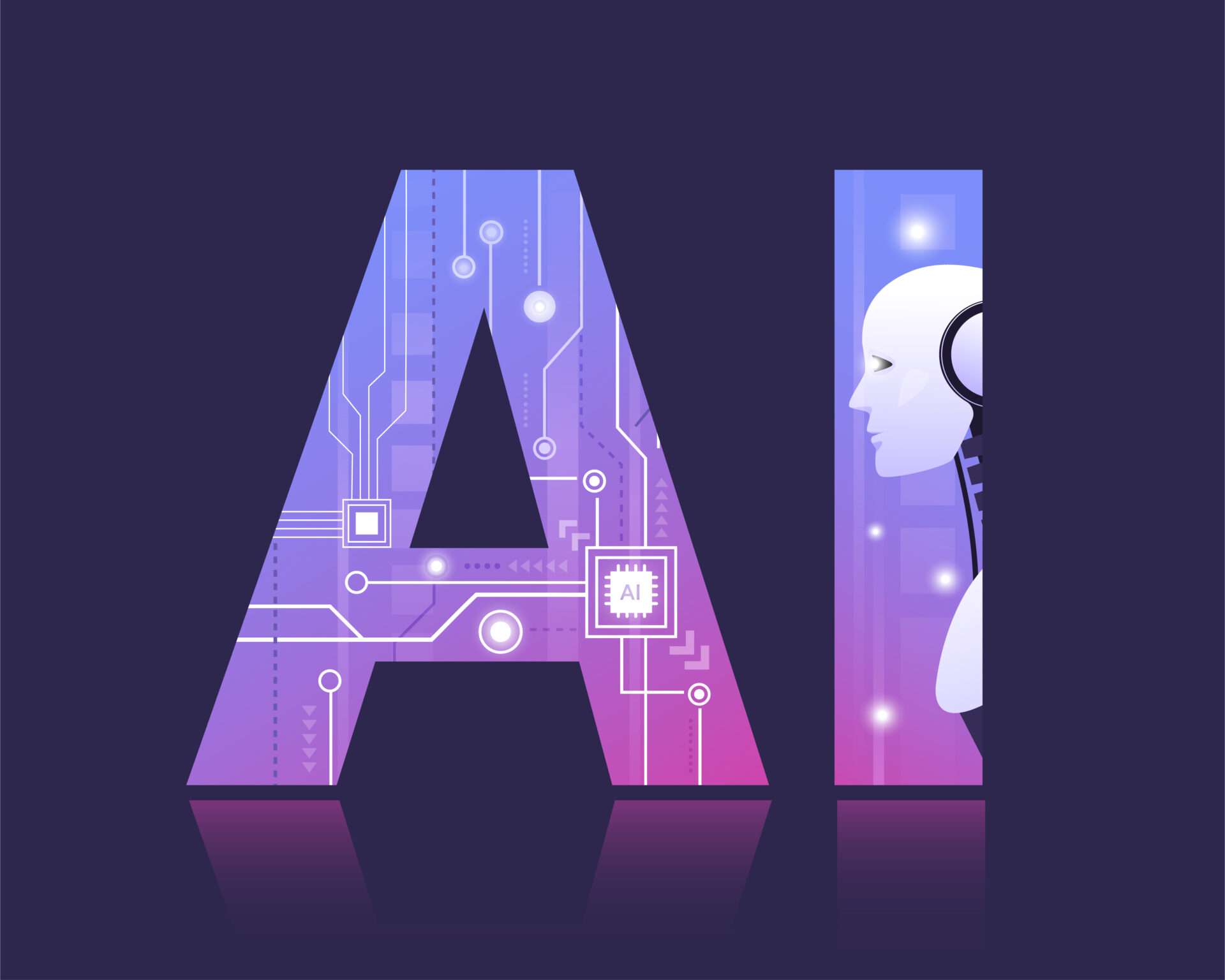
The Rise of Generative AI Creating the Future, One Algorithm at a Time
Generative AI has evolved from a research curiosity into a game-changing technology that is transforming industries, automating creativity, and redefining human-machine collaboration. From AI-generated art and music to advanced text synthesis and synthetic data generation, these models are pushing the boundaries of what machines can create.
What is Generative AI?
Generative AI refers to machine learning models that create new content, such as text, images, audio, video, and even code. These models do more than classify or analyse existing data—they learn patterns and structures from massive datasets to generate original outputs.
Core Architectures Powering Generative AI
Transformer Models (GPT, T5, BERT, LLaMA)
Transformer models, such as GPT, T5, BERT, and LLaMA, use self-attention mechanisms to understand context and relationships within data sequences. GPT (Generative Pre-trained Transformer) is an autoregressive model that predicts the next word based on prior context, enabling AI to generate coherent and context-aware text. These models are widely used for chatbots, AI-assisted coding, and content generation.
Variational Autoencoders (VAEs)
Variational Autoencoders (VAEs) encode input data into a latent space representation and then decode it back to generate new samples. This architecture is effective for creating diverse outputs, such as image variations and synthetic datasets, making it useful in image synthesis, anomaly detection, and semi-supervised learning.
Generative Adversarial Networks (GANs)
Generative Adversarial Networks (GANs) consist of a generator and a discriminator in a competitive setup, where the generator creates new samples while the discriminator evaluates them. This adversarial training process results in highly realistic images, videos, and audio, with applications in deepfake generation, high-quality image enhancement, and realistic character animation.
Diffusion Models
Diffusion models, such as DALL·E, Stable Diffusion, and Imagen, start with random noise and iteratively refine it to create structured outputs. More stable and controllable than GANs, they produce high-resolution, photorealistic images and are widely used in AI-generated art, image inpainting, and super-resolution.
How Generative AI works – The training pipeline
The training pipeline begins with data collection and preprocessing, where large-scale datasets, such as text corpora and image datasets, are gathered from diverse sources. Data cleaning and filtering ensure quality and fairness, while tokenisation (for text models) and feature extraction (for image and audio models) prepare the data for training.
Model training utilises massive parallel computing resources such as TPUs and GPUs. In supervised learning, AI learns from labeled data, such as image-caption pairs, while self-supervised learning allows AI to recognise structure from unstructured data, as seen in masked language modeling in GPT.
Fine-tuning and reinforcement learning improve model accuracy and alignment with human intent. Models like ChatGPT undergo fine-tuning using Reinforcement Learning from Human Feedback (RLHF) for more natural and relevant responses. Transfer learning allows AI models to adapt to domain-specific tasks using smaller datasets.
Once trained, AI models generate new content in response to user inputs. Optimisation techniques such as quantisation and pruning enhance efficiency, making AI models more practical for deployment in real-world applications.
Key Applications of Generative AI
Generative AI is revolutionising multiple industries. In natural language processing and conversational AI, applications include AI chatbots like ChatGPT, Claude, and Gemini, as well as AI-generated summaries, translations, and legal or medical document analysis.
In computer vision and AI-generated art, models such as DALL·E and Midjourney create AI-generated images and videos, enhance image quality, and assist in creative workflows. AI is also transforming audio and music generation through technologies like Jukebox and MusicLM, which compose music, while VALL-E and ElevenLabs enable speech synthesis and voice cloning.
Software development benefits from AI-powered coding assistants like GitHub Copilot and Code Llama, which automate bug detection, optimise code, and generate game assets. In scientific research, AI contributes to drug discovery by generating molecular structures, simulating training data, and advancing climate modeling through AI-driven weather simulations.
Challenges and Ethical Considerations
Despite its potential, generative AI presents significant challenges. Bias and fairness issues arise when AI models inherit biases from their training data, leading to possible discrimination. Bias mitigation techniques and diverse dataset curation are essential to addressing these concerns.
Misinformation and deepfakes pose risks, as AI-generated content can be used for malicious purposes, such as spreading fake news or impersonation. Solutions include watermarking AI-generated content and developing robust detection mechanisms.
The computational cost and sustainability of AI are also concerns, as training large AI models requires significant computational resources. More efficient model architectures and energy-saving training methods can help reduce the environmental impact.
Intellectual property and copyright issues introduce legal and ethical challenges, as AI-generated content raises questions about authorship and ownership. The development of clear regulations and AI content licensing frameworks is necessary to navigate these complexities.
The Future of Generative AI
Generative AI continues to evolve, with breakthroughs in multimodal AI that integrate text, images, and audio, as well as agent-based AI capable of automating complex decision-making. Future innovations may include personalised AI assistants that provide real-time reasoning and adaptation, fully autonomous AI creators producing books, movies, and interactive experiences, and AI-augmented reality (AR) and virtual reality (VR) systems capable of generating immersive digital environments.
As AI advances, ethical considerations and responsible use will be crucial in ensuring that AI enhances human creativity rather than replacing it. The future of generative AI holds immense potential, shaping industries, improving efficiency, and fostering collaboration between human ingenuity and artificial intelligence.
